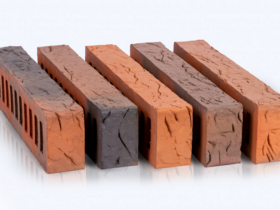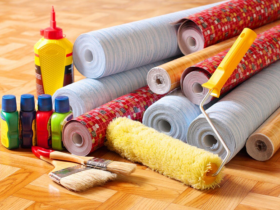There are quite a lot of methods of leveling the floor now. The most common are associated with pouring the floor with a cement mixture. But there are quite original – without the use of liquids. They got the name of the dry floor screed. We will consider both of these methods a little.
Liquid screed cement-sand mixture
To get an even, durable and high -quality floor, work should be started from scratch, more precisely with the preparation of the base, or as the screeds still say. Among professionals there are several ways to device it. The most long, but not yet outdated technique is the use of boards for the installation of a boardworm, also known another actual way-the use of a cement-sand mixture. With this method, small costs of money and effort are required. The main condition is the time-the cement-sand base will be ready for use only in a month, although it will be possible to step on it 2 days after the completion of work.
To prepare the necessary solution, mix cement with sand in proportions 3 to 1, and then add water, gradually bringing the mixture to the consistency of sour cream. It will take a lot to work of such a solution, and for its preparation you will need a soviet shovel and a large trough, and to align the base will still be needed a trowel. The rule that can be made from a wooden bar will also be necessary. The thickness of the base will depend on the possible load on the floor. Typically, this value ranges from 20 to 40 mm, but if necessary, it can increase to 80 and even 100 mm. It should be remembered that in the latter case, reinforcing is made using a metal grid before laying the solution.
Get rid of unevenly laid floor slabs, and lighthouses will help to get an even floor. Usually they are made in the form of tubercles from a cement mortar or gypsum, a height that corresponds to the thickness of the future screed. Lighthouses are evenly placed on the area of the entire room at a distance of 2 meters from each other. On each tubercle is installed a handle – usually it is a wooden stick or a metal profile. The same height of all towers is achieved using the level. Masters recommend laying a cement screed with strips about 1 m wide, using guide racks. They are made of wooden bars, which form a temporary formwork for the solution, and can also serve as beacons if their thickness corresponds to the required sizes. Pour the solution in strips, a new strip is poured after the previous one dries, while already useless rails are removed. Completely screed dries in 25-30 days, and only after this period the floor can be considered ready, and you can proceed to the operation of the premises.
Modern dry floor screed
This method is enough for construction. A dry screed differs in that the floors are aligned only from 4 cm, at least. Instead of cement, expanded clay falls asleep on the floor and, as well as in the “wet” form, is aligned with the rules according to the lighthouses so that the floor is perfectly even. After that, a special coating is laid on expanded clay – wooden slabs that are interconnected and stitched with self -tapping screws. Yes, they forgot to remind you – a film is superimposed under expanded clay, and a special material that makes noise insulation is superimposed on the edge of the room. After laying the last plate, the floor is ready!









